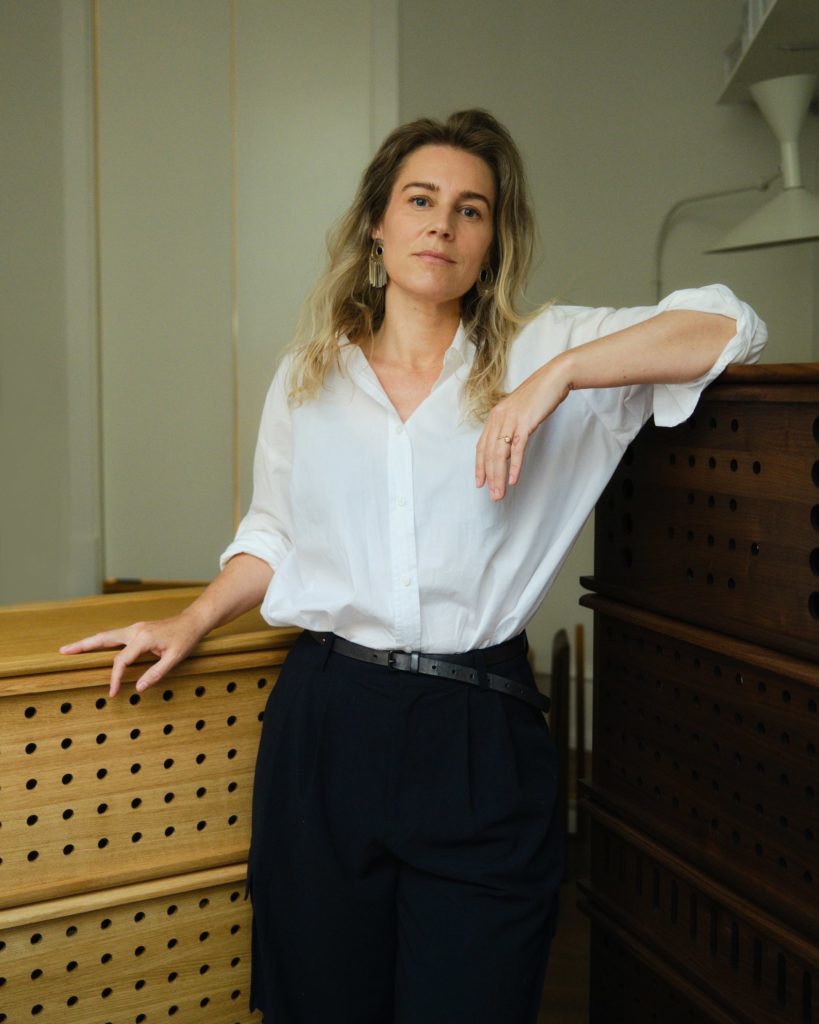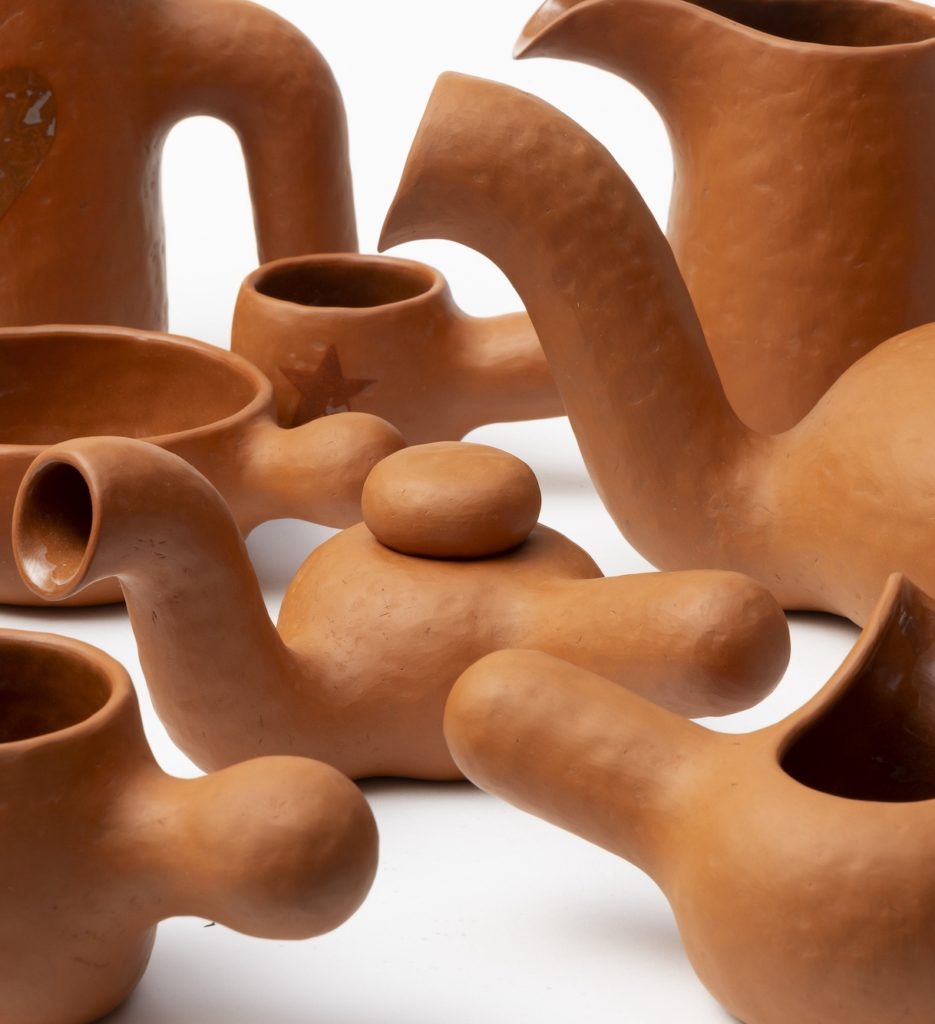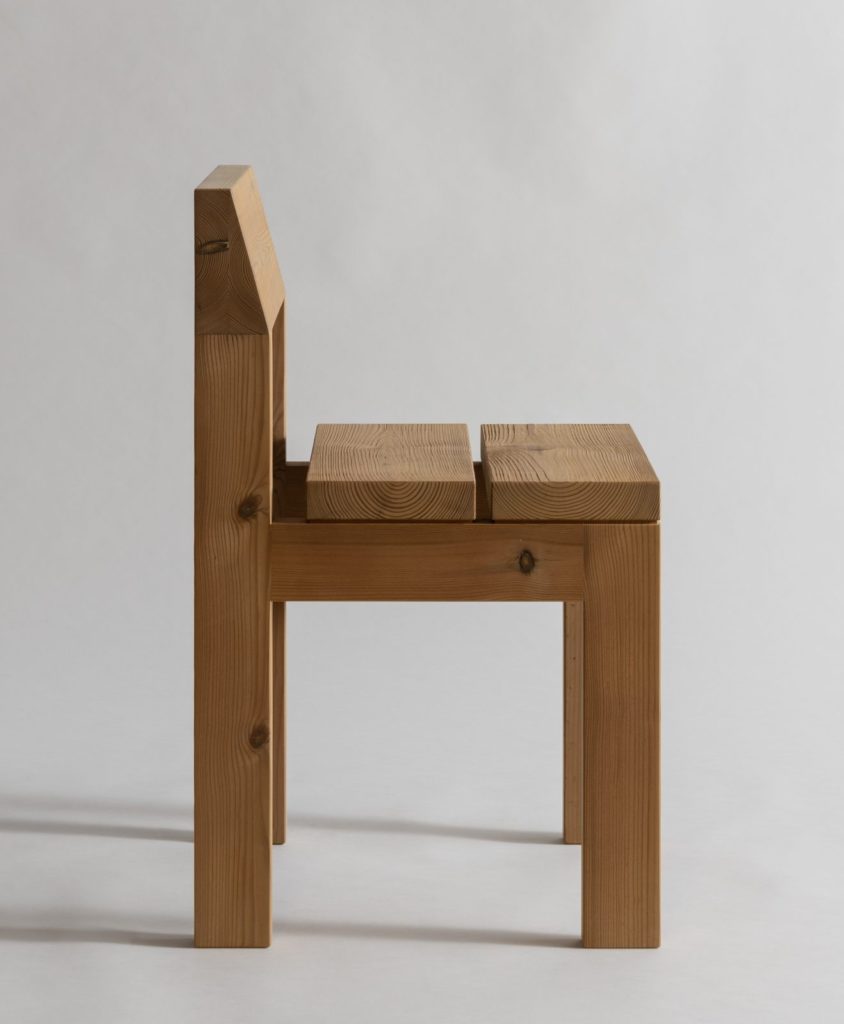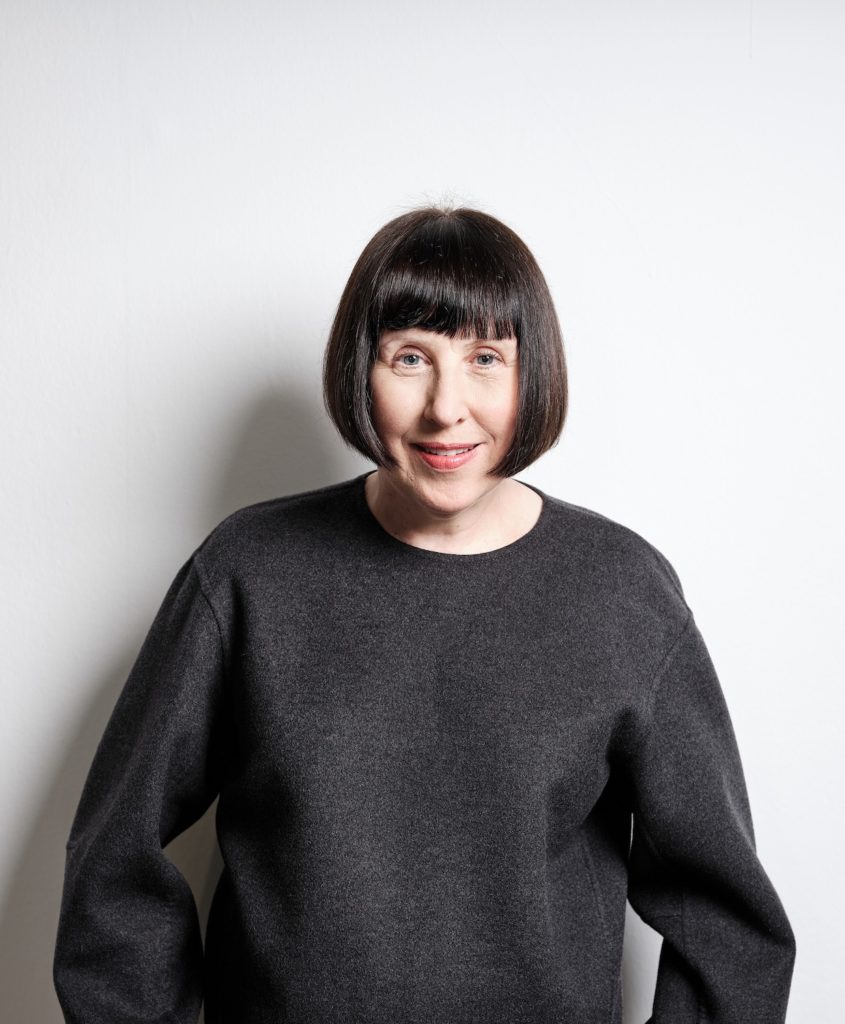Let’s get phygital: exploring digital sensations with Wang & Söderström
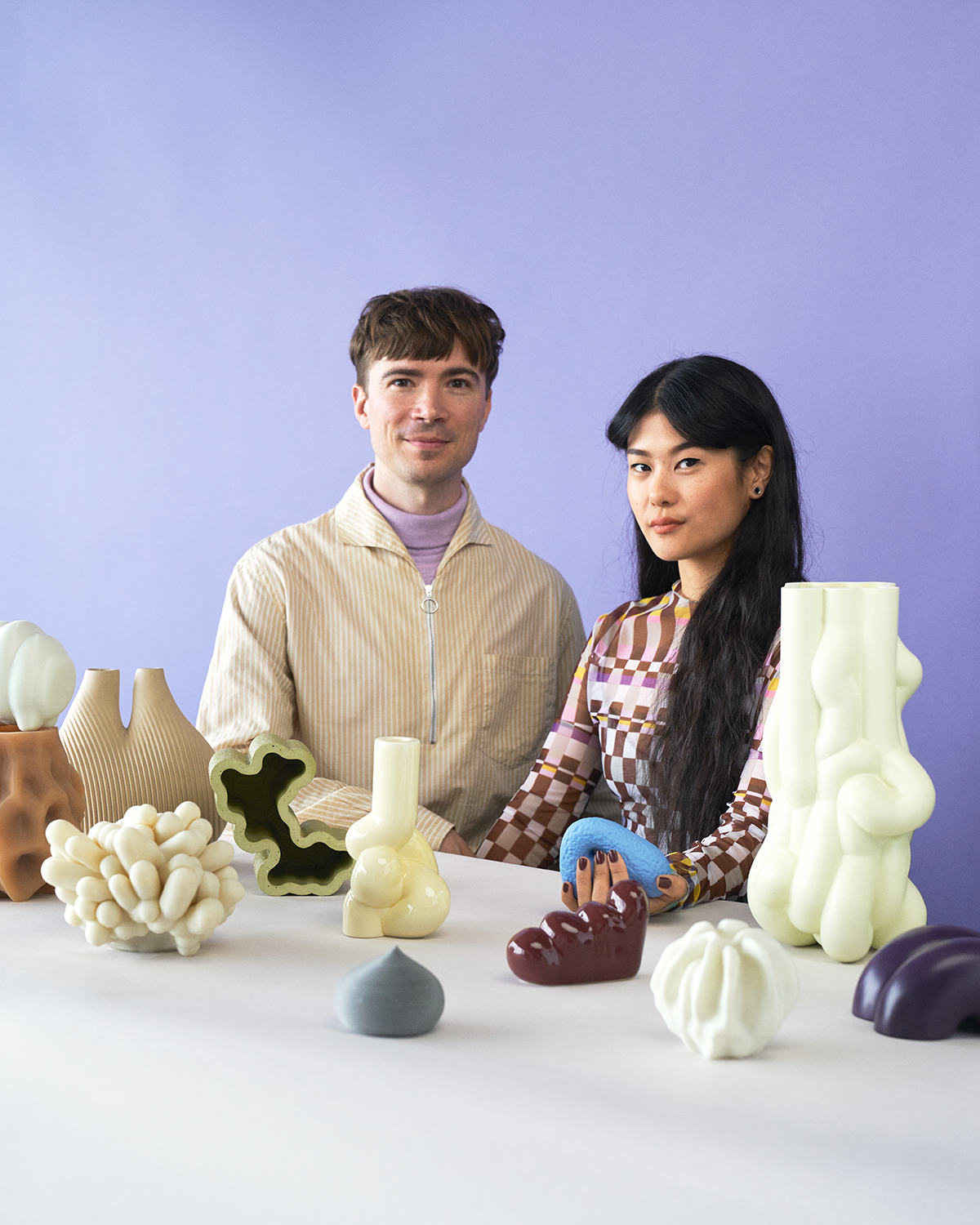
The last 24 months have witnessed a sea change in the way we work. With employees held stationery by a global pandemic, companies worldwide finally embraced digital platforms, with a knock-on effect that is likely to transform the entire landscape of our cities and our lives.
But before Covid-19, a handful of pioneering designers and studios were already probing around the unexplored territory between the physical and the digital and finding it ripe with potential. Designers have been at the forefront of the NFT explosion, creating highly desirable virtual furniture and interiors that sells both as virtual files and as physical objects. When the pandemic hit, they led the way in turning physical events into digital ones, transformed the roster of design fairs, exhibitions, talks and launches that fuel the culture sector, and creating a hybrid world of offline and online experiences.
Among the leaders of this ‘phygital’ design exploration are Wang & Söderström, whose work ranges from illustration and advertising to designing objects and creating sculptures and spatial installations.

“Since we started our practice in 2016, our focus has been to bridge the physical and digital worlds to give the digital more human and sensible qualities,” explains Anny Wang, who co-founded the Copenhagen-based practice with architect Tim Söderström. “We are part of a new generation of creatives who try to set new boundaries for what digital can mean.”
The duo first began to build a following through their virtual image-making, chiming with and even helping to form a new aesthetic genre on platforms like Instagram, where hyper-real, hypersaturated images of impossibly perfect interiors and objects created programmes like Cinema 4D have become increasingly popular. Often a little uncanny, these images are deeply seductive but also a little transgressive. They trigger a more complex sensory response than we have come to expect from visual renders, suggesting a kind of tactility or taste.

“We are interested in evoking other senses like taste or touch when seeing our visuals of our digital work to try to activate a digital sensuousness,” explains Wang. “It is part of our strive to challenge what you associate with the ‘digital’. We still often tend to associate it with 1s and 0s, blue LED sci-fi light and efficient apps on our phones. What if we thought more about our body when we thought of the digital? Would we care more to make technological innovations more healthy for mankind and stretch our senses further?”

In 2020, Wang & Söderström were invited to create the exhibition design for the annual Mindcraft exhibition at Milan Design Week. But just a couple of months before the show was due to open, the world shut down.
Instead of abandoning the show, the duo transformed it into an exemplar of digital exhibition-making, creating a virtual environment where the curated unique pieces by the ten selected Danish designers for The Mindcraft Project could still be showcased. The success of that first iteration led to a second digital exhibition for The Mindcraft Project in 2021.
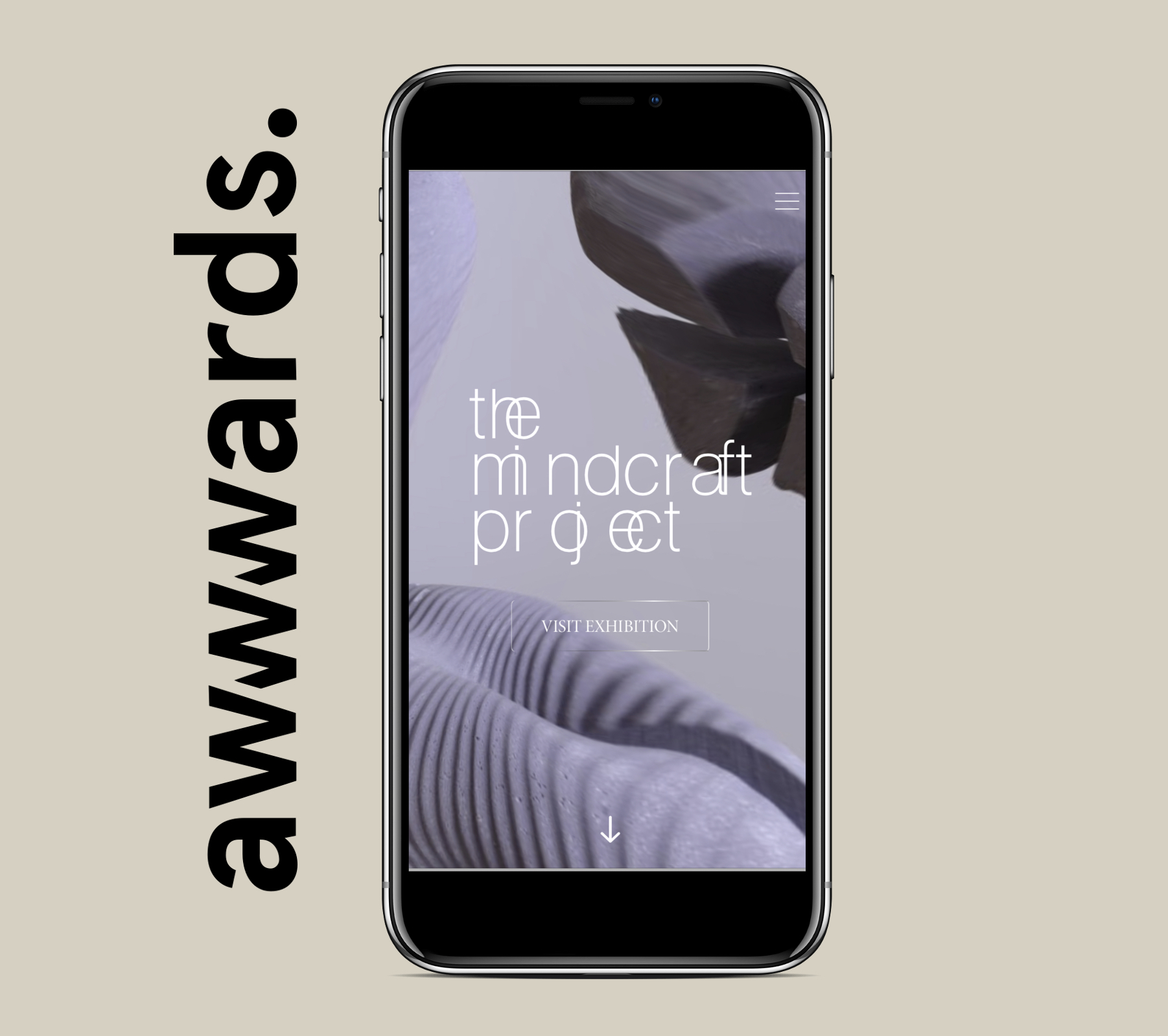

“Most of us live in both the physical and digital today, and we already did before the pandemic. But the past year has maybe made us more aware of this fact,” says Wang, “looking back at the experience of the last two years… With Mindcraft, we by no means answered all the questions, but it feels very relevant. Challenging the perception of both the physical and the digital by working across mediums is a way for us to explore and understand what is important for us, as humans with all of our senses, to bring with us into the future.”
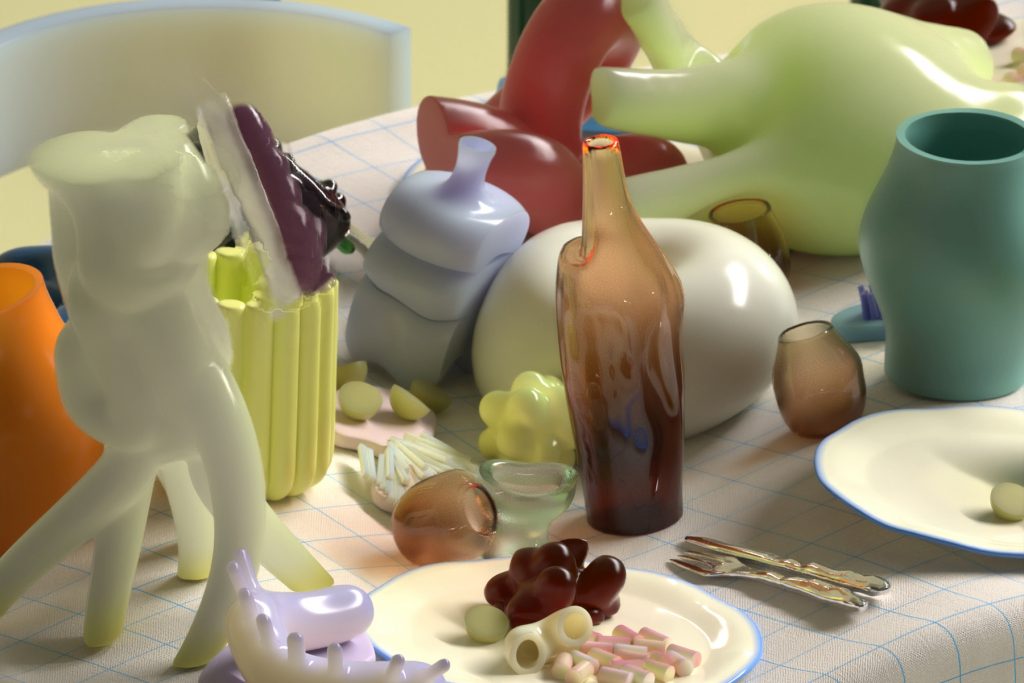
Read on for an edited Q&A with Wang and Söderström:
What is your definition of design?
For us an important part of design is to question the conventional and by doing this hopefully find solutions and changes that can benefit in both aesthetic, functional and social ways. Design, like art, is a powerful tool to alter perception and is a key element for us when confronting and overcoming all big (and small) future (and present) challenges.
Working between the digital and the physical is an approach we believe has great unexplored potential. It is in this quite new and unknown territory that new hybrids can emerge, and where we creatives can be part of shaping the “phygital” world.
How would you describe the relationship between the physical and digital in your own work?
It is simple. We come from a spatial and physical background and we work with digital tools. We have been educated in how space and objects relate to our bodies and the importance of materiality and light but today we work mostly with digital tools and try to explore and translate our knowledge within these.
Do you think mastering this relationship is key to the future of design? Is there scope for many different approaches within this?
There is scope for infinite different approaches. If ‘Digital Design’ has a certain look today, that is probably because these are relatively young tools that have been in the hands of only a few for a couple of decades. A reason for the interest in ‘Digital Design’ in the last couple of years is because the tools are becoming more accessible and therefore new and interesting approaches start to appear.
When 3D-printed pieces first started to show up they were heavily influenced by the engineers who were developing the tools – ultra effective constructions and perfect math, that makes sense. But when people with different mindsets get access to these tools, the really interesting and unexpected stuff appears, and we think that is what we are starting to see today.
That is also why we think it is so important that people from as many disciplines as possible should try to implement digital approaches and explore new usages. We all must be part of influencing how we want to experience technology and design (physical & digital) in the future, rather than letting the technology define that for us.
In the past, you’ve described digital tools as ‘democratic’ – could you explain what you mean by this and the role this played in your own discovery of digital design?
If you’d had to point out the best thing with the internet it probably is the communities that are built up around sharing and developing knowledge. It’s in human nature to collectively learn. 3D-software kits that once were only accessible to huge companies are now free to download and steep learning curves are smoothed out and made fun through tutorials and videos on YouTube. And there is a similar development with more complex tools as CNC machinery and 3D-printing.
Things that before were mysterious and only accessible to people with the specific knowledge are decryptable for the “collective brain” that these communities on the internet create and made accessible for the many. Most of our “digital tool knowledge” is self-taught this way, and with an autodidactic process you are forced to “fill in the gaps” with knowledge you’ve received elsewhere and therefore do things in ways that perhaps was not “by the book”. We’re not saying that this is automatically a good thing, but it becomes more personal.
